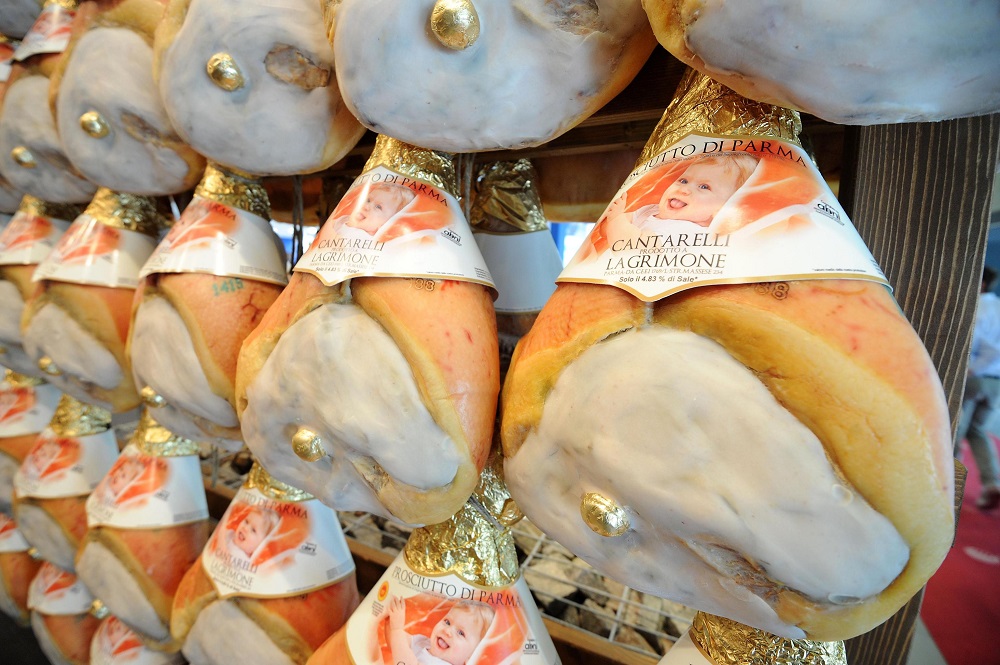Is prosciutto the king of Italian cured meats? Probably yes, and the most prestigious one comes from the province of Parma, in Northern Italy.
Prosciutto di Parma is famous all over the word, but not many people know that one of the reasons why Parma’s prosciutto is tastier than many other versions is connected to the superb air quality of the place in which it is processed.
The Australian magazine Italianicious recently published an excellent piece disclosing all “prosciutto’s secrets”. Here are some of them.
According to Luigi Notari, the owner of a Prosciutto factory established in 1981 and located in Corniglio, “Prosciutto production is an art form“, and only those who are able to stick to the traditional processing procedure can be successful in this business.
1970s “prosciutto boom” helped Notari’s factory, San Nicola, to enter the international market with their finest productions. Today, the company sells around 100,000 prosciutto per year although its maximum capacity is of 160,000 prosciutto legs.
To increase the quality of a prosciutto leg it is essential to work with fresh delivered meat and process it within just a few days. At San Nicola, “each leg is individually weighed and assessed to ensure only the best make it through to the first stage of the production process […] Legs need to have a minimum weight of 12 kilograms. During the curing process, prosciutto legs lose up to 30 per cent of their moisture and up to 50 per cent of their weight – so the bigger they are to start with, the better”.
Beyond fresh meat, Italian prosciutto has another secret: simplicity. A good prosciutto needs to be completely natural, that is with no added chemicals or preservatives. To help each leg to age better, only salt is needed and, if possible, Sicilian salt.
Finally, if you are aiming for a DOP (Protected Designation of Origin) prosciutto, pigs’ diet needs to be monitored as well, to make sure that they eat enough corn and soy that make their fat whiter.
Follow @castaritaHK

